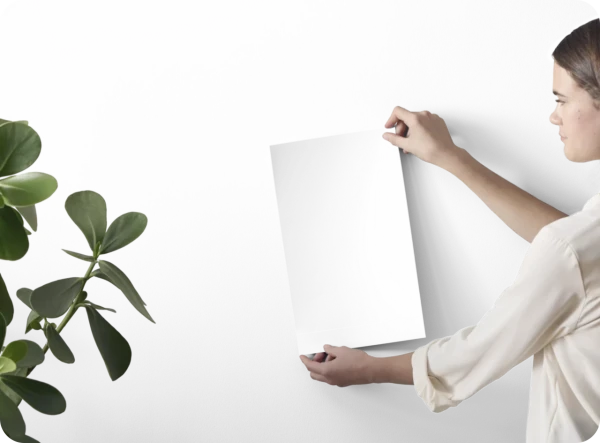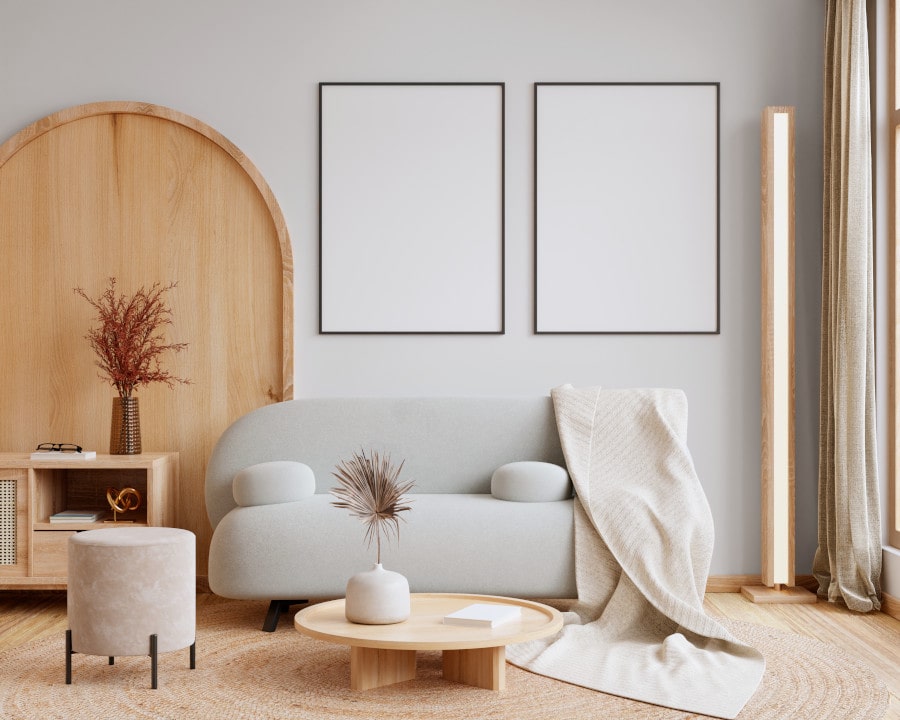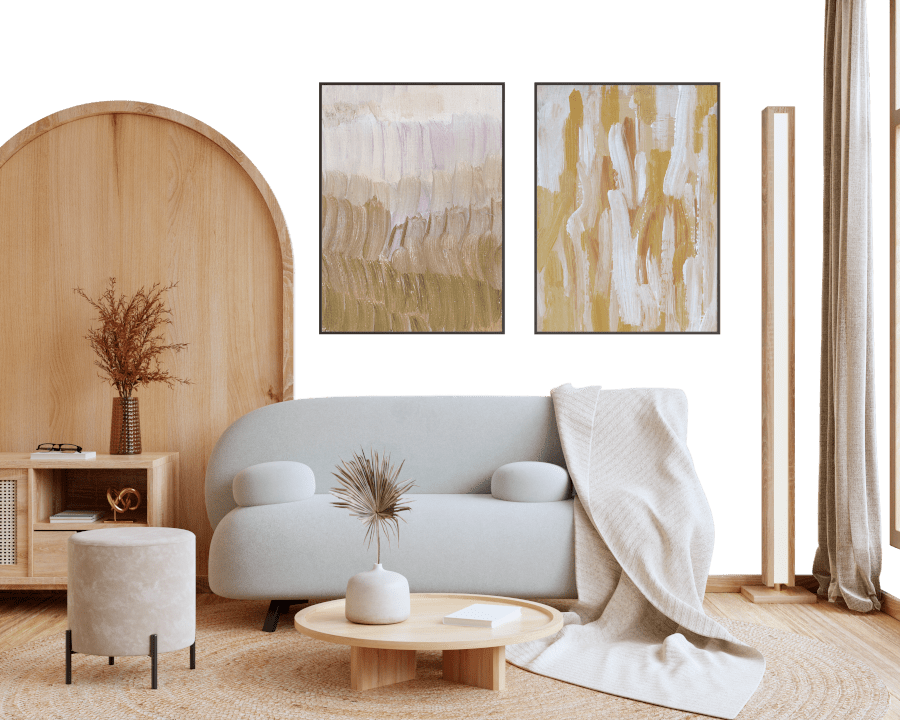Benjamin Moore Sundial 1100
| Official page: | Sundial 1100 |
| Code: | 1100 |
| Name: | Sundial |
| Brand: | Benjamin Moore |
What color is Benjamin Moore Sundial?
Benjamin Moore 1100 Sundial exudes warmth and sophistication, creating a cozy ambiance in any space. Its subtle tones blend seamlessly with both classic and modern interior styles, making it a versatile choice for walls or accents. Pairing Sundial with soft neutrals like cream and taupe can enhance its elegant appeal, while incorporating deeper shades like navy or charcoal can add depth and contrast to the overall color scheme. Embracing the timeless charm of Sundial can transform a room into a welcoming retreat with a touch of understated luxury.
Try before you buy


100% accurate
reusable paint samples

Peel, stick,
and repeat

Twice painted
with real paint

Next day
delivery
What are Benjamin Moore Sundial undertones?
The undertone of Sundial can be accurately described as a Red hue, as is apparent from the color space provided. By isolating the pure hue and eliminating any tints, tones, and shades, we were able to precisely determine its undertone. This approach has proven to be more accurate than traditional methods of defining undertones on a white background, which are now considered outdated.
HEX value
HEX value:
#EAD4B0
RGB code:
234, 212, 176
Is Benjamin Moore Sundial 1100 cool or warm?

With a hue of 37° thisBeigerefers warm paint shade according to HSL (Hue, Saturation, Lightness) on the color wheel.
1100 Sundial HSL code: 37, 58%, 80%
Hue - degree on a color wheel from 0 to 360. 0 is red, 120 is green, and 240 is blue.
Saturation is expressed as a percentage. At 0%, it appears as a shade of grey, and at 100%, it is in full color..
Lightness is also a percentage value. 0% is black, and 100% is white.
- Warm colors are ideal for kitchens, living rooms or bathrooms
- Warmer hues make larger spaces feel more inviting
- Warm beige shades create a cozy and inviting atmosphere, making any room feel comfortable and welcoming, perfect for living rooms, bedrooms, and hallways.
- To prevent a space from feeling too monotonous, consider pairing warm light shades with richer tones like deep greens or browns, or adding textures through fabrics and furnishings. Avoid using them in rooms with limited natural light, as they may appear too dull or yellowish
Act like a pro: Mixing warm and cool shades is a must have to get harmonius interior. Add accents that contrast with the primary color to create visual balance. If your walls are a warm color, don’t forget to add accent in cold colors (furniture, art, décor). A good practice is too use a complementary color scheme.
How light temperature affects Sundial
Natural Lighting. During the day, natural light shifts from about 2000 K at sunrise/sunset to 5500–6500 K at noon.
In addition, natural‑light temperature depends on its direction:
| Direction of sunlight | Visible temp. | Hue | Duration |
|---|---|---|---|
| North | Cool | Bluish | All day |
| East | Warm | Yellow | Before noon |
| West | Warm | Orange‑red | After noon |
| South | Warm | Orange‑yellow | All day |
Artificial Lighting. When choosing bulbs, pay attention to their color‑temperature (Kelvins).
Use the slider to see how this Beige shade looks under different lighting:


4000K
Coordinating colors.
Colors that go with Benjamin Moore Sundial:
Monochromatic color scheme

This scheme consists of various shades, tints, and tones of a single color. While it offers a perfect combination of hues, without accent décor it may become monotonous.
Lighter shades
Darker shades
Complementary color scheme

This color scheme is a combination of two shades that are opposite each other on the color wheel. The high contrast between these colors creates a vibrant and dynamic visual effect. For the color Sundial with a orange hue, complementary colors are those with a blue hue close to 217, such as Benjamin Moore Slate Blue and Instinct.
LRV of Sundial
Sundial has an LRV of 66.05% and refers to Light colors that reflect most of the incident light. Why LRV is important?

Light Reflectance Value measures the amount of visible and usable light that reflects from a painted surface.
Simply put, the higher the LRV of a paint color, the brighter the room you will get.
The scale goes from 0% (absolute black, absorbing all light) to 100% (pure white, reflecting all light).
Act like a pro: When choosing paint with an LRV of 66.05%, pay attention to your bulbs' brightness. Light brightness is measured in lumens. The lower the paint's LRV, the higher lumen level you need. Every square foot of room needs at least 40 lumens. That means for a 200 ft2 living room you’ll need about 8000 lumens of light – e.g., eight 1000 lm bulbs.
Color codes
We have collected almost every possible color code you could ever need. To copy the code, just click the icon to the right of it.
| Format | Code | |
|---|---|---|
| HEX | #EAD4B0 | |
| RGB Decimal | 234, 212, 176 | |
| RGB Percent | 91.76%, 83.14%, 69.02% | |
| HSV | Hue: 37° Saturation: 24.79% Value: 91.76% | |
| HSL | hsl(37, 58, 80) | |
| CMYK | Cyan: 0.0 Magenta: 9.4 Yellow: 24.79 Key: 8.24 | |
| YIQ | Y: 214.474 I: 24.678 Q: -6.549 | |
| XYZ | X: 65.311 Y: 67.716 Z: 50.693 | |
| CIE Lab | L:85.864 a:2.149 b:20.618 | |
| CIE Luv | L:85.864 u:15.645 v:28.898 | |
| Decimal | 15389872 | |
| Hunter Lab | 82.29, -2.336, 21.079 |
Color equivalents
SW 7684
Concord Buff
Sherwin Williams
AF-325
Handmade
Benjamin Moore
S300-2
Powdered Gold
Behr
PPU6-11
Hummus
Behr
2165-50
Natural Sand
Benjamin Moore
S310-2
Journal White
Behr
1107
Hilton Head Cream
Benjamin Moore
192
Key West Ivory
Benjamin Moore
1115
Mohave Desert
Benjamin Moore
SW 6127
Ivoire
Sherwin Williams
CSP-1060
From the Archives
Benjamin Moore
1108
Chamois
Benjamin Moore
SW 6393
Convivial Yellow
Sherwin Williams

AF-335
Safari
Benjamin Moore
M280-3
Champagne Wishes
Behr
PPU7-18
Sand Pearl
Behr
CW-185
Randolph Bisque
Benjamin Moore
2160-50
Oklahoma Wheat
Benjamin Moore



